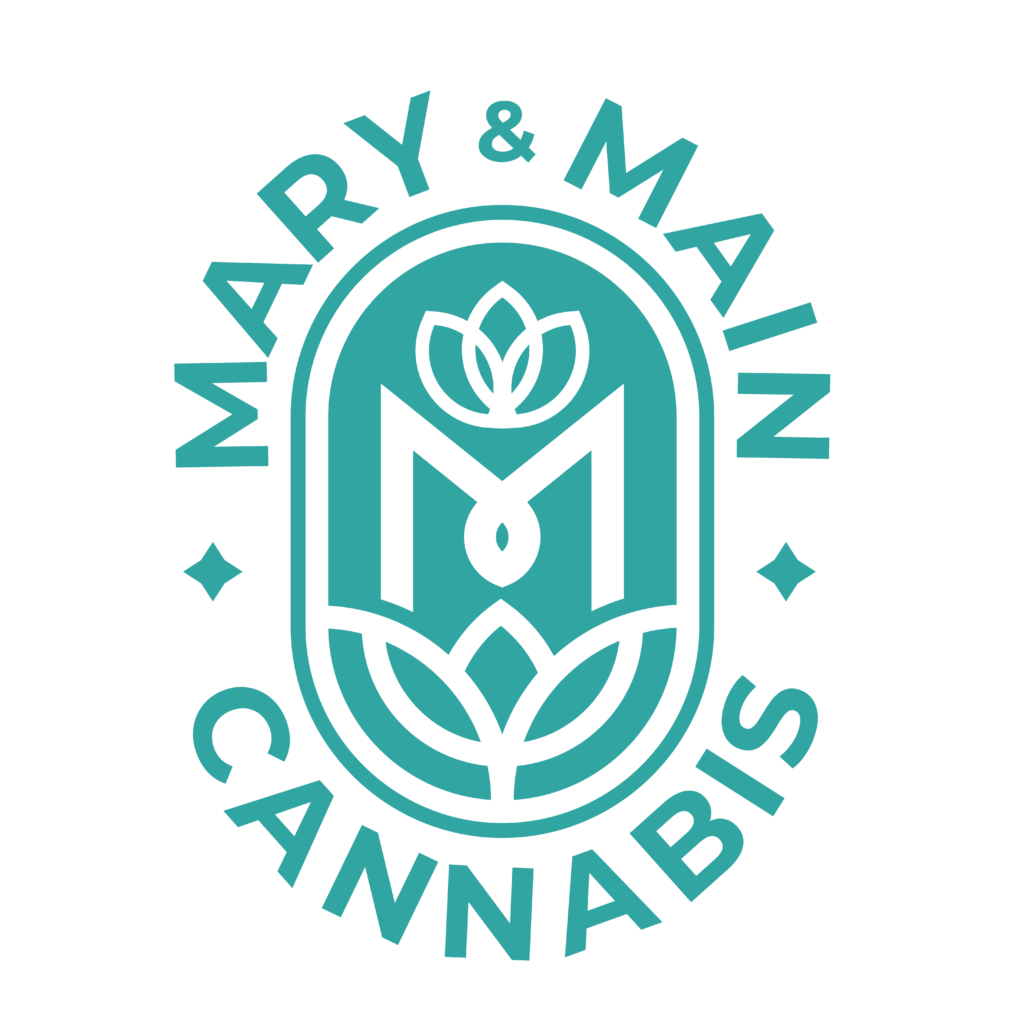Consumers are purchasing CBD products more than ever, not just across the United States, but globally as well. As more people try CBD, it helps to discuss what types of CBD exist and all the differences between the types of CBD on the market. Learn more about the details of these CBD products and how to find the best-suited one for individual needs.
What Are the Types of CBD?
Hemp seed oil is produced by cold-pressing hemp seeds until oil is secreted. The unrefined hemp seed oil has a dark to light green color and a nutty flavor. Produced from seeds, it contains no THC which doesn’t cause psychoactive effects. A benefit to hemp seed oil is that it contains fatty acids and nutrients which help fight off toxins and regulate temperature.
CBD Isolate is another type, which is made when manufacturers remove components from the hemp plant, including THC. From the separation process and washing, the CBD compound is isolated from the rest of the extraction. This removes lipids, fats, and more to get rid of impurities. Isolates contain more than 90% cannabidiol and are the most potent form of CBD.
Full-spectrum CBD oil is produced by heating hemp oil until it evaporates. The condensation is collected to form the distillate. High-quality distillates are made at low temperatures to prevent active components from degrading. Like CBD, distillates can be full-spectrum or broad-spectrum. Compounds are contained in the cannabis plant, including CBD, CBG, CBC, and some THC. Includes capsules, balms, tinctures, and salves.
Broad-spectrum CBD does not contain trace amounts of THC. Broad-spectrum CBD contains other cannabinoids like CBG, CBC, and cannabinol.
How Do I Use Different Forms of CBD?
Full-spectrum CBD can work longer than isolated CBD. The terpenes and flavonoids can have a strong aroma not everyone will like. Flavored tinctures can offset the strong taste. It can be used to increase comfort and relaxation.
Broad-spectrum CBD is a popular form because they cannot or do not want THC in their system. When the whole plant of cannabinoids, terpenes, and botanical compounds are consumed together, it creates a synergistic effect. Those who want no THC-related effects or want to pass drug tests at work can benefit from this type of CBD.
What is the Best Way to Administer CBD?
The sublingual method is a popular way to apply a tincture or powder under the tongue. Let it absorb up to a minute or just over and swallow. CBD will be delivered right into the bloodstream to provide more immediate relief that lasts for several hours with long-lasting effects.
Inhaling CBD delivers it faster into the body. It bypasses the digestive system and enters the bloodstream through the lungs. It is also a convenient way to carry and go anywhere with it.
Ingesting edibles is a popular way to consume CBD. There are different forms in the market with oils and isolates available. Getting a daily dose of CBD moves it through the digestive tract and helps it spread through the body via the bloodstream. It may take up to two hours for the body to process CBD before people start to feel the benefits.
Topicals go on the skin. They bypass the bloodstream and absorb directly into the skin and muscle tissue. While research continues, topical applications of CBD are non-invasive and support people’s daily routines in an easy-to-use formulation. From skincare to other means, it can support overall health and wellness.
Conclusion
How CBD affects a person depends on their body, use, and type of CBD taken. Speak with a dispensary professional who can offer guidance along with a treating physician to find the best version for your personal needs.
Mary and Main aims to help educate consumers on products and services they can access in Maryland.
Contact us to find out how we can help you select the best products for your situation.





